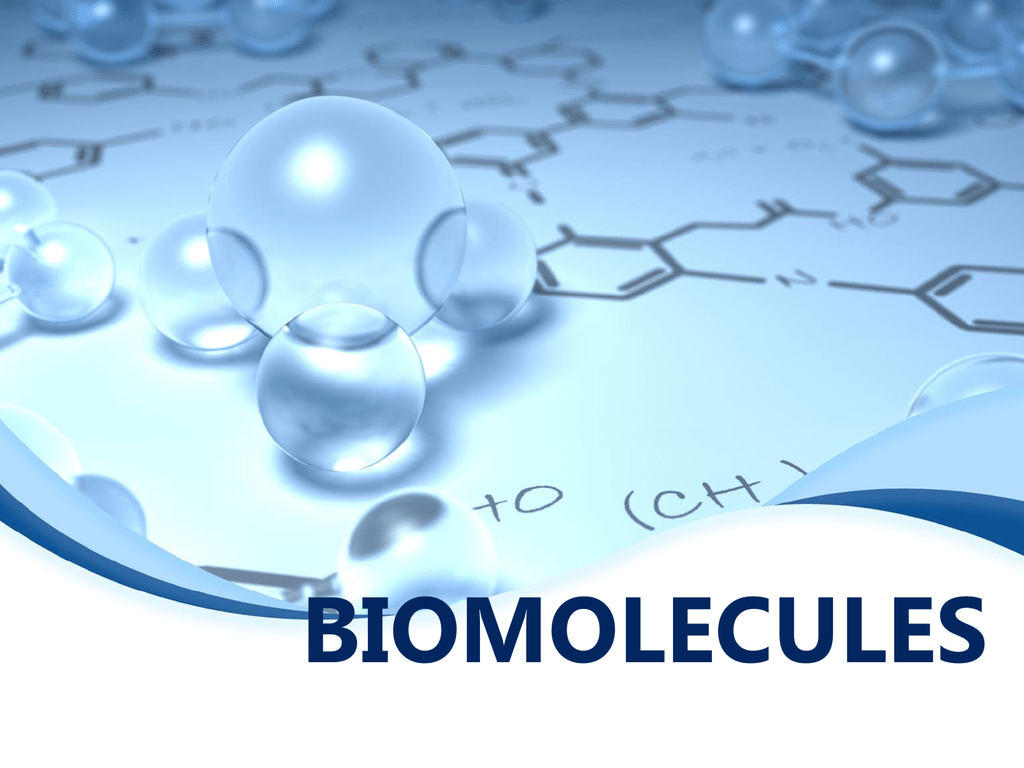DOWNLOAD MOBILE APPLICATION TO LEARN MORE: BIOMOLECULES MCQs CLASS 11

Table of Contents
BIOMOLECULES MCQs CLASS 11
DOWNLOAD MOBILE APPLICATION TO LEARN MORE: BIOMOLECULES MCQs CLASS 11
1. Glycogen is a branched chain polymer of α-D-glucose units in which chain isformed by C1—C4 glycosidic linkage whereas branching occurs by the formation of C1-C6 glycosidic linkage. Structure of glycogen is similar to __________.
(i) Amylose
(ii) Amylopectin
(iii)Cellulose
(iv) Glucose
2. Which of the following polymer is stored in the liver of animals?
(i) Amylose
(ii) Cellulose
(iii) Amylopectin
(iv) Glycogen
3. Sucrose (cane sugar) is a disaccharide. One molecule of sucrose on hydrolysis gives _________.
(i) 2 molecules of glucose
(ii) 2 molecules of glucose + 1 molecule of fructose
(iii) 1 molecule of glucose + 1 molecule of fructose
(iv) 2 molecules of fructose
4. Proteins are found to have two different types of secondary structures viz. α-helix and β-pleated sheet structure. α-helix structure of protein is stabilized by :
(i) Peptide bonds
(ii) van der Waals forces
(iii) Hydrogen bonds
(iv) Dipole-dipole interactions
5.Which of the following acids is a vitamin?
(i) Aspartic acid
(ii) Ascorbic acid
(iii) Adipic acid
(iv) Saccharic acid
6. Dinucleotide is obtained by joining two nucleotides together by phosphodiester linkage. Between which carbon atoms of pentose sugars of nucleotides are these linkages present?
(i) 5′ and 3′
(ii) 1′ and 5′
(iii) 5′ and 5′
(iv) 3′ and 3′
7. Nucleic acids are the polymers of ______________.
(i) Nucleosides
(ii) Nucleotides
(iii) Bases
(iv) Sugars
8. Which of the following statements is not true about glucose?
(i) It is an aldohexose.
(ii) On heating with HI it forms n-hexane.
(iii) It is present in furanose form.
(iv) It does not give 2,4-DNP test.
9. Each polypeptide in a protein has aminoacids linked with each other in a specific sequence. This sequence of amino acids is said to be ____________.
(i) primary structure of proteins.
(ii) secondary structure of proteins.
(iii) tertiary structure of proteins.
(iv) quaternary structure of proteins.
10. DNA and RNA contain four bases each. Which of the following bases is not present in RNA?
(i) Adenine
(ii) Uracil
(iii) Thymine
(iv) Cytosine
Answers:
- (ii)
- (iv)
- (iii)
- (iii)
- (ii)
- (i)
- (ii)
- (iii)
- (i)
- (iii)
